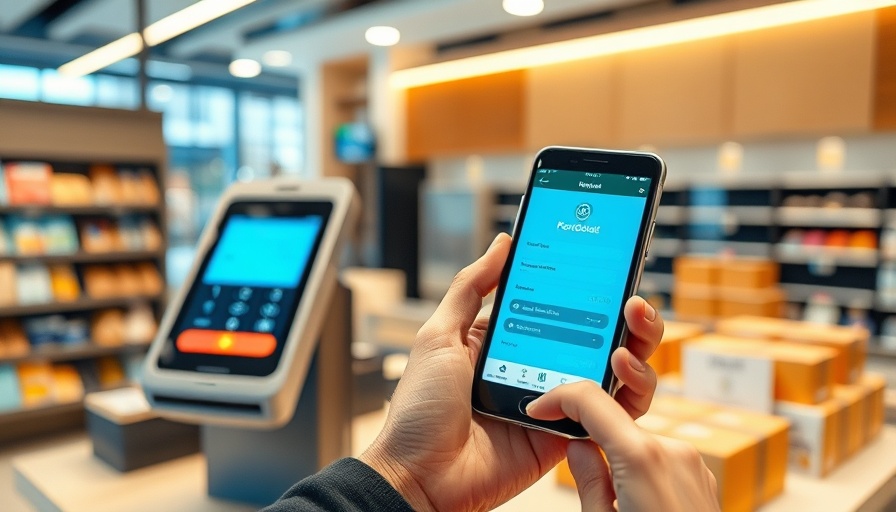
Understanding Tokenization in a Digital Economy
The landscape of consumer payments is transforming rapidly, with businesses facing the challenge of catering to a digital-first audience who expects seamless interactions both online and in-store. Visa has positioned tokenization as the cornerstone of this evolution, promising to streamline the checkout process and enhance customer engagement. As a business owner in the $2M to $10M revenue range, adapting to these shifts is not just beneficial; it's essential for sustaining growth and competitiveness.
The Driving Forces Behind Unified Commerce
In a conversation with Visa’s Matt Swatzell, the complexities of unified commerce were laid bare. The goal is to create a centralized framework where customer data flows effortlessly, influencing every interaction. But achieving this is no small feat. Businesses must navigate the challenges posed by legacy infrastructures, fragmented data, and the diverse methods consumers use to engage.
Swatzell emphasizes the importance of understanding various customer interactions, noting, "I may use five different payment credentials across three different purchasing methods... If I don’t provide a login detail or a phone number... how can you link all that information together?" For retailers, this indicates that merely focusing on payment methods isn’t sufficient; they must also develop a comprehensive understanding of the customer journey.
The Importance of Agility in Execution
As technology and consumer behaviors evolve at breakneck speed, retailers must embrace agility. The traditional, rigid implementation strategies are likely to fall short as consumer expectations change. "This isn’t a world where you can say, ‘I have a North Star in mind,’" Swatzell cautions. Instead, businesses need a flexible approach that allows them to adapt to shifting market dynamics. Agility in operations isn’t just about speed; it’s about alignment with the evolving preferences of your target market.
Tokenization: A Path to Enhanced Consumer Trust
Utilizing tokenization not only facilitates a frictionless checkout experience but also builds consumer trust in an era of heightened data security concerns. By substituting sensitive information with tokens during transactions, businesses can protect customer data while simplifying payments. This not only reassures customers but can also enhance brand loyalty, leading to repeat business.
Tips for Implementing Tokenization in Your Operations
As you contemplate the integration of tokenization in your operations, consider these actionable insights:
- Evaluate Your Current Infrastructure: Identify weak points in your existing systems that might hinder a seamless integration of tokenization.
- Invest in Partner Ecosystems: Collaborate with fintech companies that specialize in payment solutions to enhance your technological framework.
- Prioritize Customer Experience: Understand how a seamless tokenization process can improve your overall service offering and design your technology to enhance customer interaction.
In conclusion, embracing tokenization and unified commerce strategies positions your business at the forefront of the payment evolution. An agile, technology-driven approach is not just beneficial but necessary in today’s digital marketplace. As you explore these innovative solutions, remember that adapting to consumer behavior change with technology-driven strategies will empower your business to not only participate but thrive in the competitive landscape.
 Add Row
Add Row  Add
Add 



Write A Comment